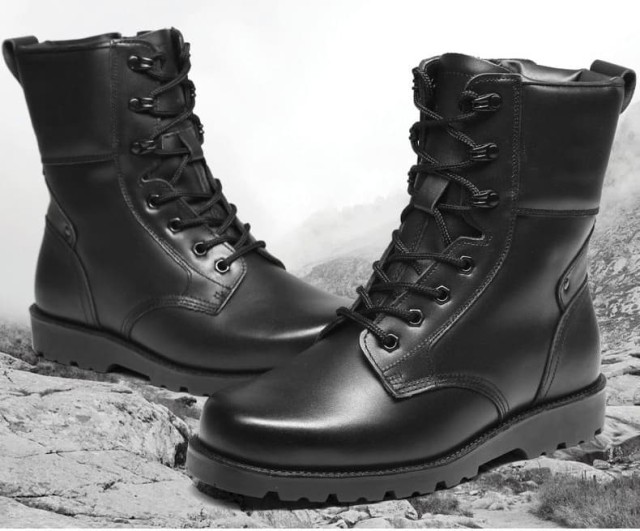Selecting the right snow boots isn’t just about style—it’s about matching insulation, climate demands, and activity levels to ensure warmth, comfort, and safety. Whether you’re braving urban commutes or wilderness treks, the wrong choice can lead to cold feet, fatigue, or even health risks. Here’s how to optimize your selection.
Snow Boot Fundamentals
Insulation Technology Decoded
Snow boot insulation is measured in grams (e.g., 200g, 400g, 800g), indicating thermal retention capacity. Research shows:
- Light insulation (200g–400g): Ideal for mild winters or short outdoor exposure.
- Heavy insulation (600g–800g+): Essential for subzero temperatures or prolonged cold exposure.
Insulation works by trapping body heat, creating a barrier against external cold. Multilayered designs enhance this effect, crucial for extreme climates.
Climate Zones as Decision Drivers
- Mild winters (above freezing): Non-insulated or lightly insulated boots suffice.
- Harsh winters (below freezing): Prioritize heavily insulated boots with moisture-wicking liners.
- Wet/snowy regions: Waterproof membranes (e.g., Gore-Tex) are as critical as insulation.
Pro tip: Pair boots with climate-appropriate socks. Wool or synthetic blends amplify thermal retention.
Activity-Based Selection
High-Exertion vs. Static Scenarios
- Active use (hiking, snowshoeing): Over-insulation causes sweating, leading to dampness and cold. Opt for moderate insulation (400g–600g) with breathable materials.
- Static use (ice fishing, standing work): Heavy insulation (800g+) prevents heat loss during inactivity.
Urban Commuting vs. Wilderness Exploration
- Urban: Balance insulation with flexibility. Look for slip-resistant soles and lightweight designs (200g–400g).
- Wilderness: Prioritize waterproofing, ankle support, and aggressive treads alongside insulation.
Optimization Strategies
Layering Synergy with Boot Types
- Cold-weather layering: Wear moisture-wicking base socks with insulated outer socks. Avoid cotton—it retains dampness.
- Adjustable fits: Some boots accommodate thicker socks via lace-up or buckle systems.
Manufacturer Certifications to Trust
Look for:
- Temperature ratings (e.g., "Rated to -40°F").
- Waterproof standards (e.g., ASTM D3393 for seam sealing).
- Insulation materials (Thinsulate™, PrimaLoft®) with proven heat retention.
Ready to Equip Your Customers? Partner with 3515
As a leading footwear manufacturer, 3515 empowers distributors and brands with high-performance snow boots tailored to diverse climates and activities. Our expertise ensures your inventory meets demand—from urban commuters to Arctic explorers.
Let’s collaborate to deliver warmth, safety, and reliability. Contact 3515 today for bulk solutions that keep feet protected.
Related Products
- Wholesale Customizable Suede Safety Boots - Puncture-Proof with Velcro Closure
- Durable Leather Work Boots for Wholesale & Custom OEM Manufacturing
- Durable Mid-Cut Tactical Boots for Wholesale & Private Label
- Wholesale Durable Mid-Cut Tactical Boots for Custom & Private Label Brands
- Wholesale Comfort Dress Shoes with Dial Closure for Custom Manufacturing
Related Articles
- How to Choose Work Boot Materials for Maximum Safety and Durability
- How to Choose Work Boots That Match Your Job Demands and Safety Needs
- How to Choose Work Boots That Match Your Job's Safety Demands
- Steel Toe Work Boots: Balancing Safety and Comfort for Demanding Jobs
- How to Choose Work Boots That Balance Safety, Comfort, and Durability for Your Job



















